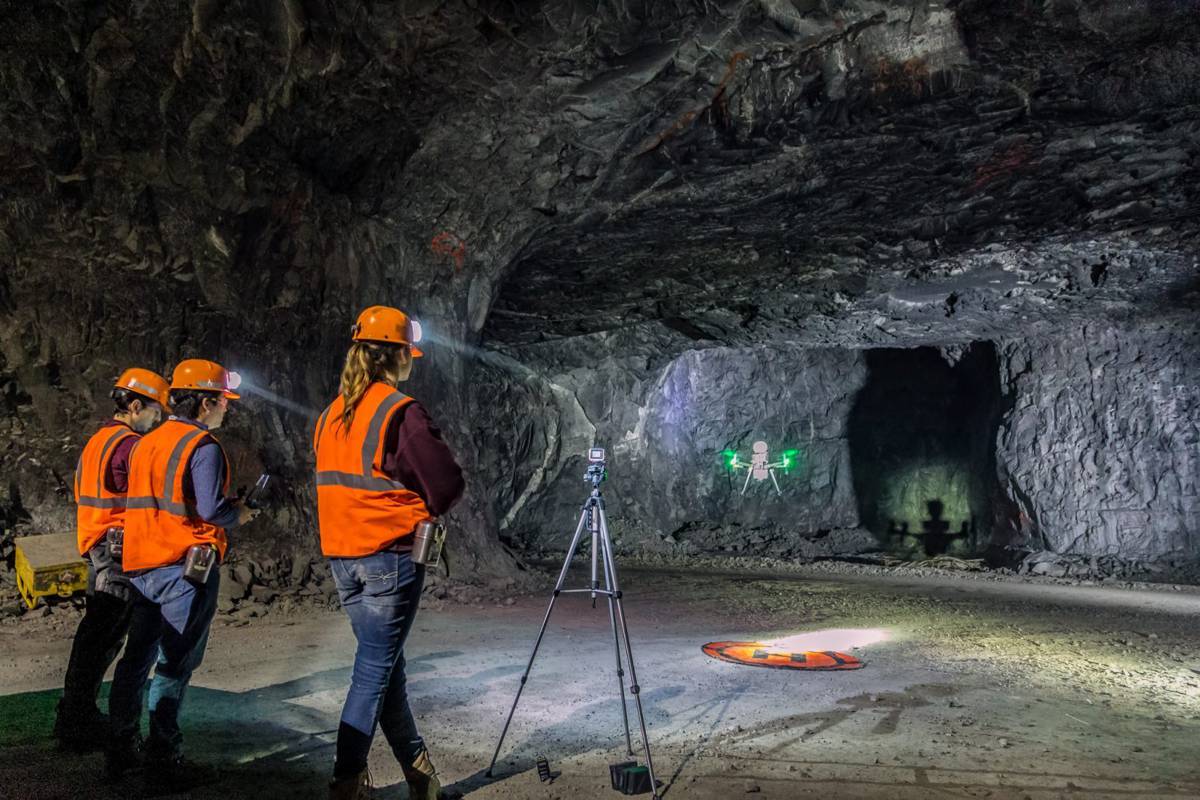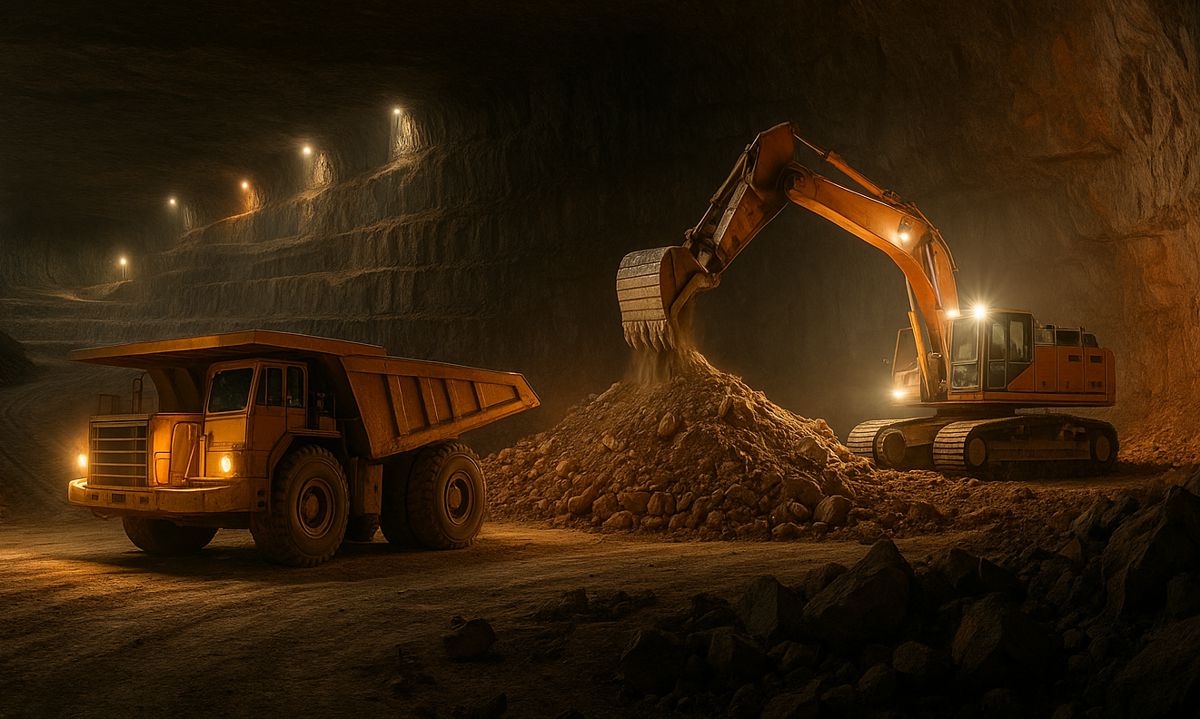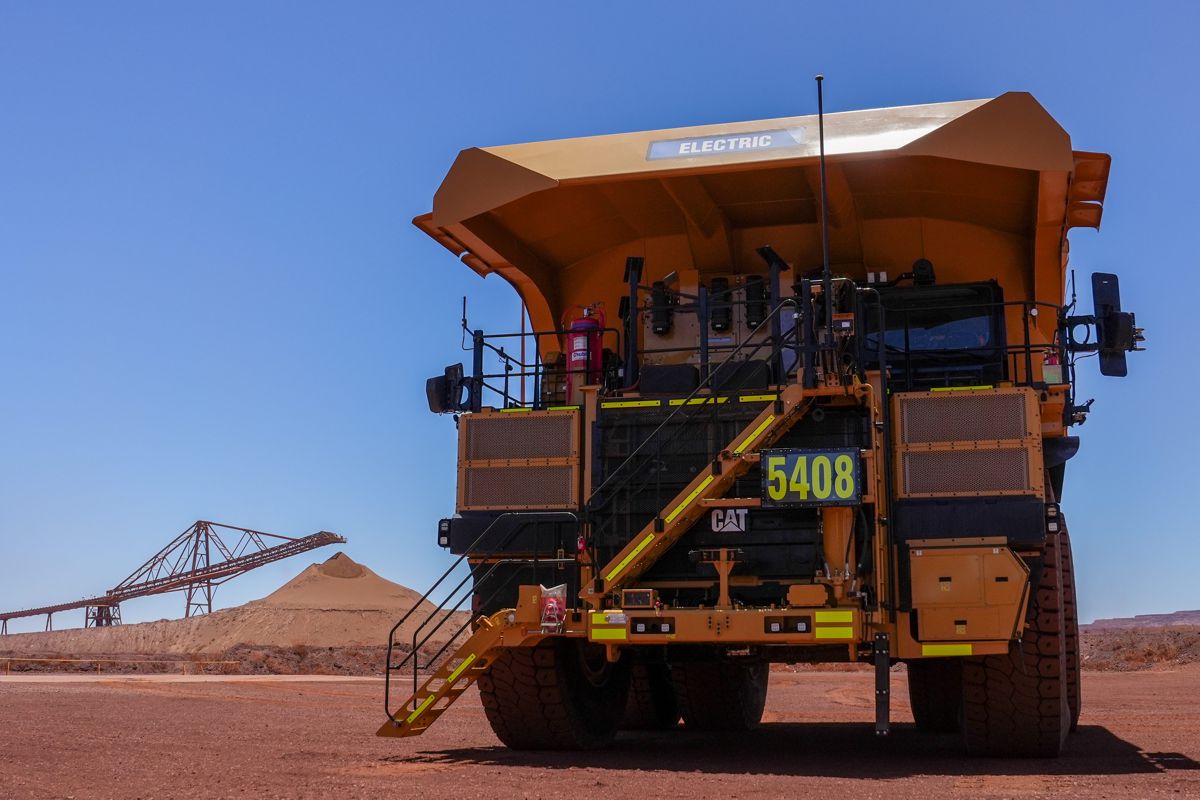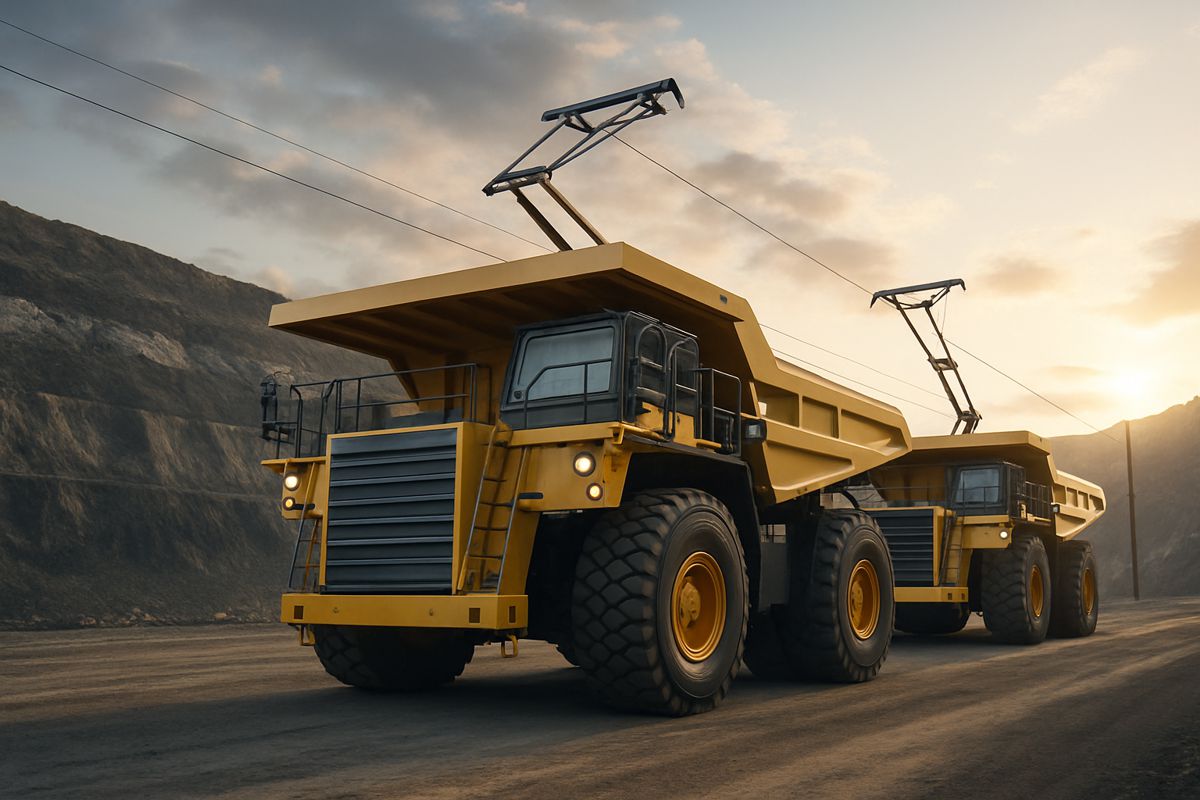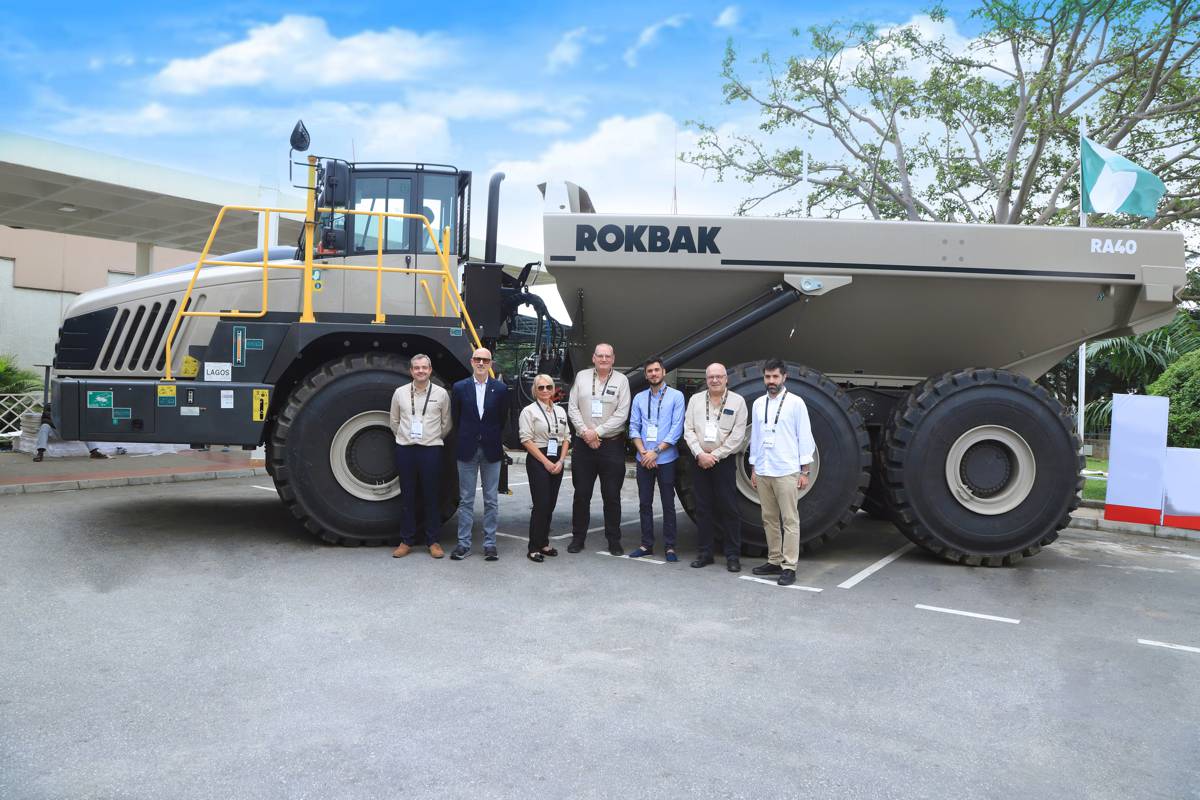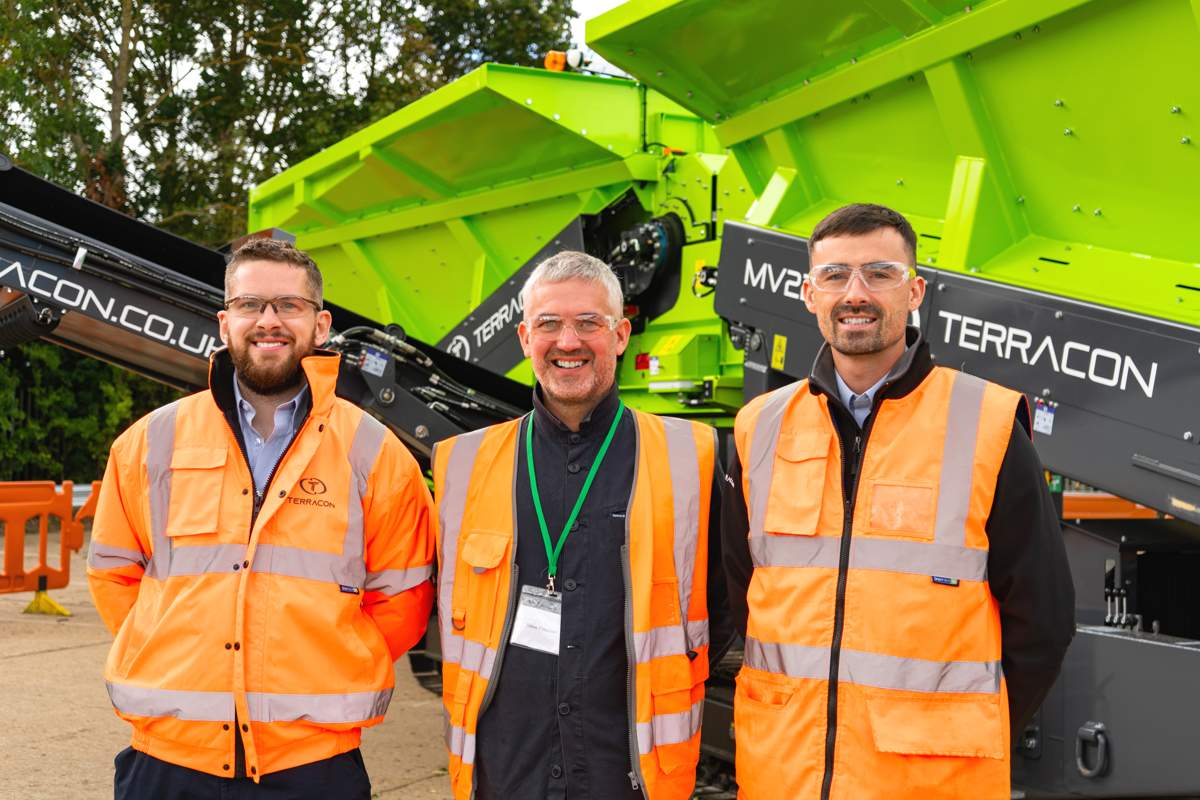King Coal documentary inspires Future of Mining outlook
The acclaimed documentary “King Coal” mediates on the legacy of coal mining, exploring its influence on tradition and culture, and examining its impact on health and the environment.
The movie, described by critics as beautiful and poetic, serves as an elegy for a way of life that is disappearing, and raises questions about the future of Appalachian mining towns, questions which are left unanswered.
Aaron Noble, head of the Mining and Minerals Engineering Department for the Virginia Tech College of Engineering, welcomes the new attention to mining that “King Coal” brings and answered questions about what the future could hold.
“While demand for coal production, particularly in Appalachia, has been in a steady decline for more than 20 years, the demand for mined materials and metals will actually grow expeditiously as society transitions from fossil fuels to renewable energy and electric vehicles,” he said.
What demand will there be for mining in the future?
“While the locations where mining occurs and the materials that are mined will undoubtedly change, the future of mining is very strong. For some commodities, like copper, we are projected to mine and process more material in the next generation than we have in most of reported history.
“There is a staggering need for lithium, nickel, cobalt, copper, rare earths, and other critical materials that must come from mining.”
What does the future of mining look for Appalachia?
“Researchers in my department have been investigating ways that we can recover the critical commodities described above from the legacy mining sites in Appalachia. Evolve Central Appalachia is one such endeavour focused on technology development, regional economic impact, and environmental justice.
“In addition, some researchers are investigating alternative uses of coal, such as conversion to synthetic graphite, which can be used in high tech applications.”
How has mining health and safety evolved since the era discussed in “King Coal”?
“Modern mining is very safe. If you look at the data, a 20-mile drive to work is actually more dangerous than an 8-hour shift in a mine. Virginia Tech helped drive these improvements. One of the first studies on coal strength for stability calculations was done at Virginia Tech in the 1950s.
“Our current faculty continues this tradition. Richard Bishop is using drones to assess similar mine stability issues, while Emily Sarver is a world renowned leader in developing protections against coal mine dust.”
How is the mining industry addressing environmental concerns?
“Environmental stewardship is a core business value for most modern mining companies, one that we emphasize. I teach a class, ‘Leadership for Responsible Mining,’ discussing sustainability practices and business leadership principles needed to ensure mining is done in an environmentally and socially responsible manner.
“Emily Sarver’s graduate class teaching socially responsible, environmentally sound mining operations was recognized by the United Nations-affiliated Sustainable Development Solutions Network.”
